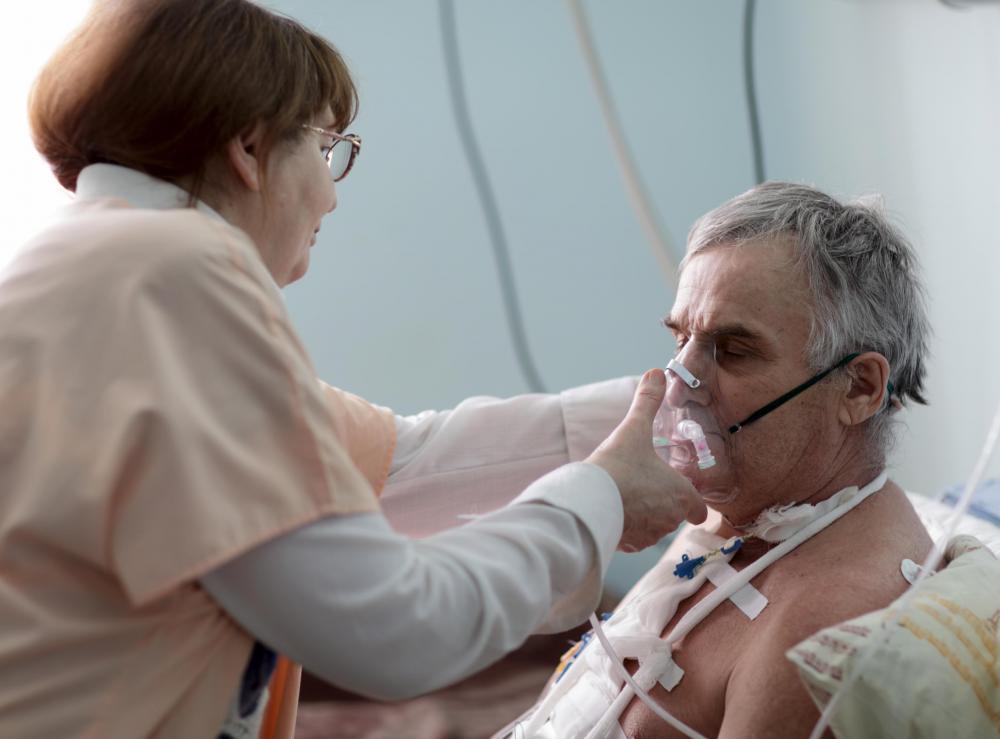At TheHealthBoard, we're committed to delivering accurate, trustworthy information. Our expert-authored content is rigorously fact-checked and sourced from credible authorities. Discover how we uphold the highest standards in providing you with reliable knowledge.
What Is Aortic Valvuloplasty?
Aortic valvuloplasty, also known as balloon valvuloplasty or aortic balloon valvuloplasty, is a minimally invasive procedure that involves introducing a balloon catheter into a narrowed heart valve to widen it. The catheter, which is a thin tube with an inflatable balloon at its tip, is used in lieu of surgery, which is far more invasive. Aortic valvuloplasty is used in cases of stenosis, which is the narrowing of the heart valves.
This balloon catheter-based procedure is named after the specific part of the heart it intends to treat, the aortic valve. This is one of the two semilunar (SL) valves, which leave the heart; the other SL valve is the pulmonary valve. Candidates of aortic valvuloplasty usually suffer from aortic valve stenosis, which is a type of heart disease that concerns the narrowing of the aortic valve opening, as well as hardening due to calcium buildup. Such an affliction restricts the amount of blood flow, thus adversely affecting function of the heart, which depends on blood going from one chamber to the other. This can lead to congestive heart failure if not promptly addressed.

Aortic valvuloplasty is meant to rectify that problem. The tip of the catheter containing the balloon is inserted in a blood vessel through a tiny incision at the groin. It is then led up to the opening of the stenotic valve with the guidance of a video monitor and x-ray. Once there, the balloon is inflated to widen it by splitting open its leaflets. Although aortic valvuloplasty can also be used for other heart valves, it works best for the aortic valve.

People undergoing aortic valvuloplasty must not eat anything about six hours prior to the procedure. Candidates for this surgery should also be aware of the major complications that could arise. These include embolism, which is blockage of an artery with a clot; hematoma, or collection of blood outside the blood vessels; infection; irregular heart rhythm; and heart attack.
The medical community enthusiastically welcomed aortic valvuloplasty in the late-1980s. As time passed, however, physicians began to doubt that the procedure could be used as a long-term solution for stenosis beyond a temporary relief of symptoms and improved heart function. In the early 2000s, researchers began to experiment with percutaneous aortic valve replacement, which involves introducing a synthetic heart valve rather than simply opening up the original, defective one. This procedure is now officially known as transcatheter aortic valve implantation (TAVI), and it is billed as a significant improvement over aortic valvuloplasty. TAVI is used in Europe but is still in the clinical trial testing stage in the United States.
AS FEATURED ON:
AS FEATURED ON:












Discuss this Article
Post your comments